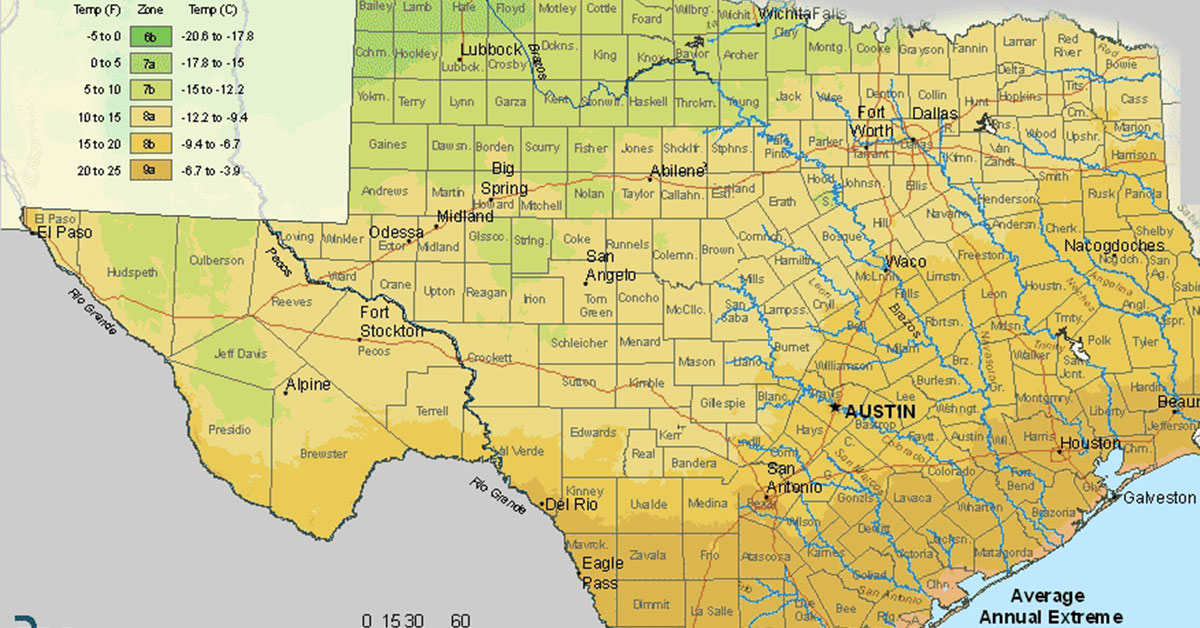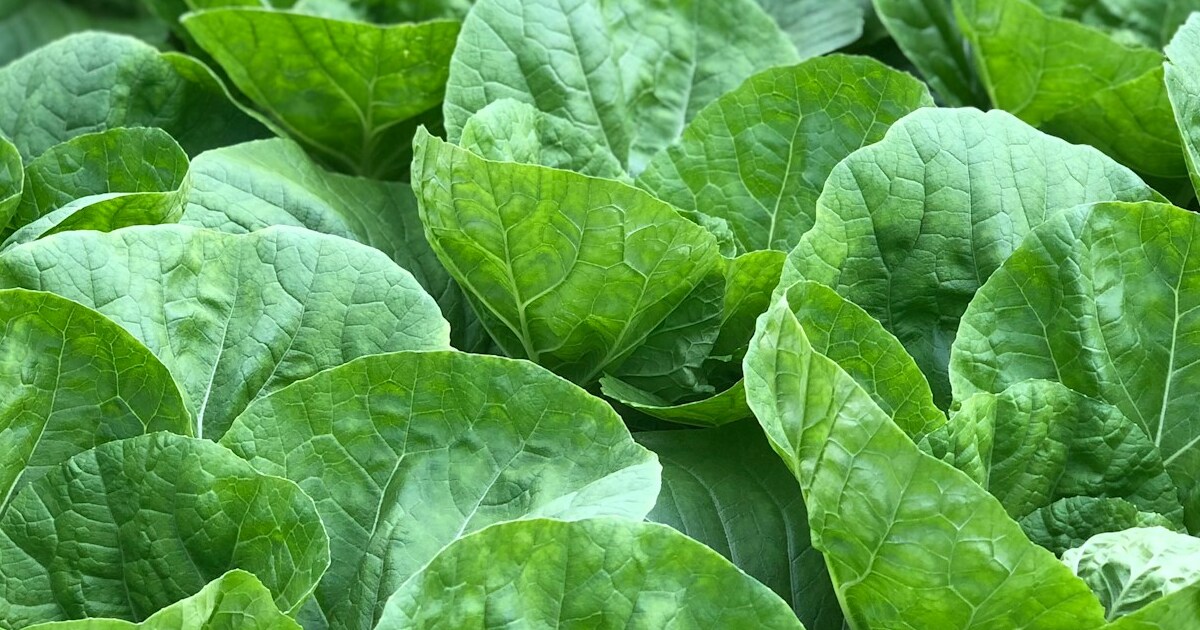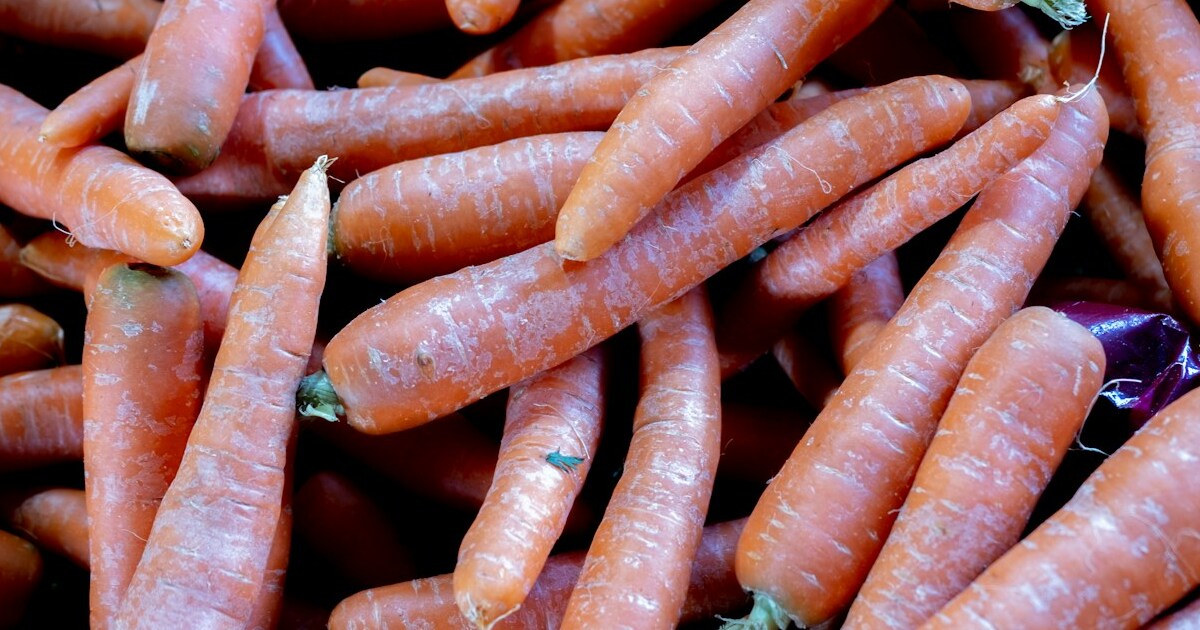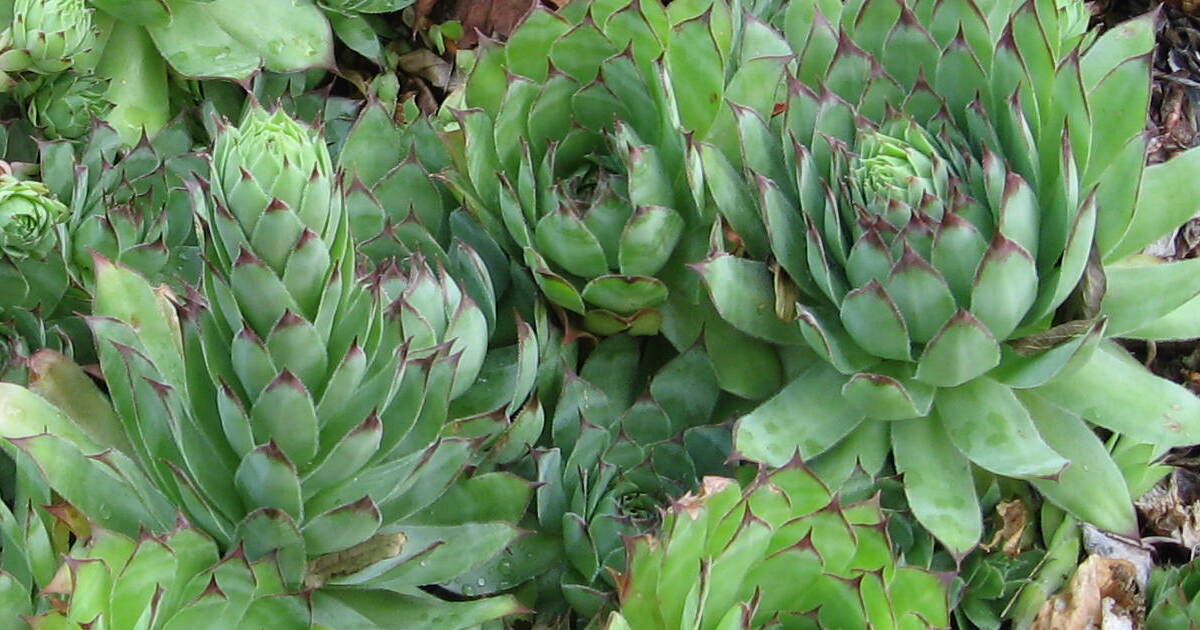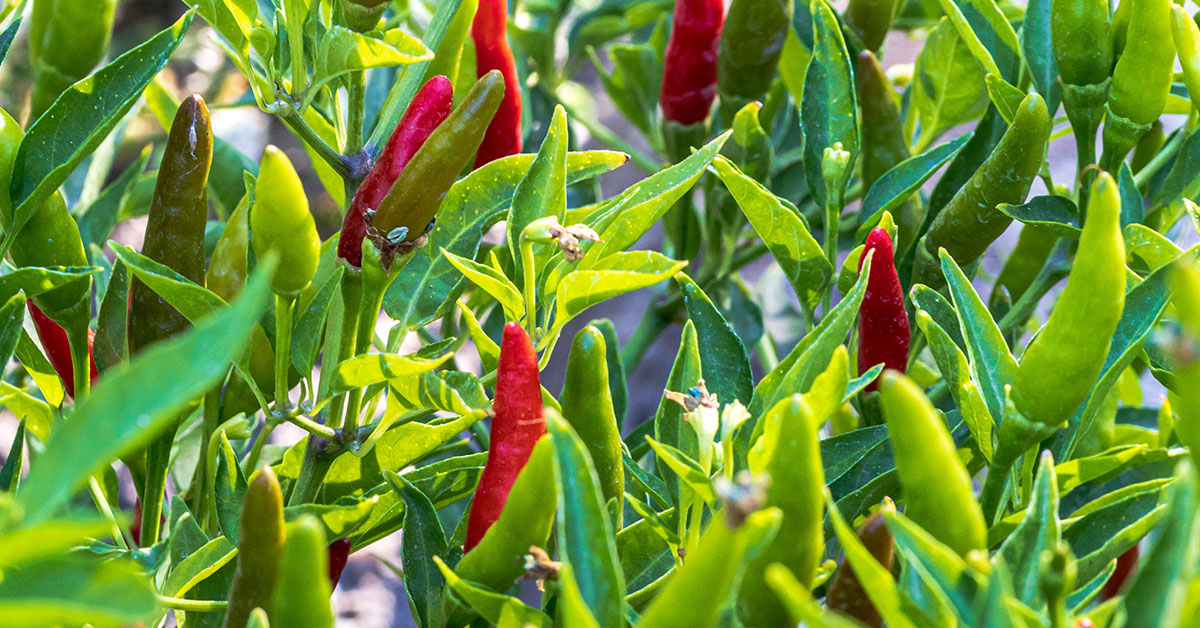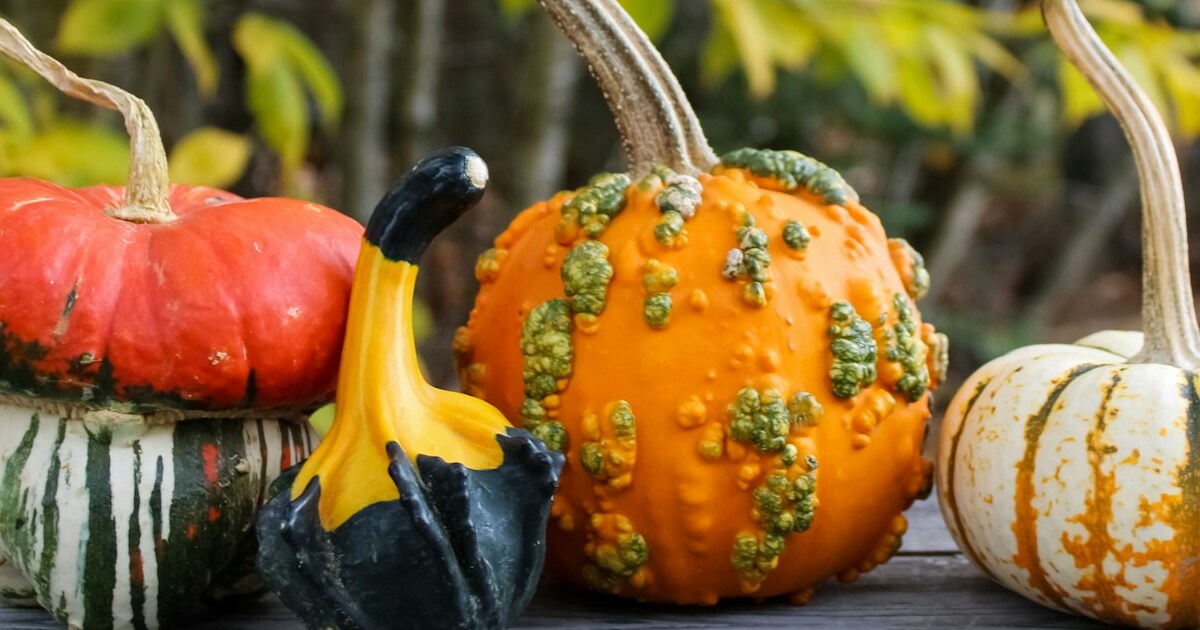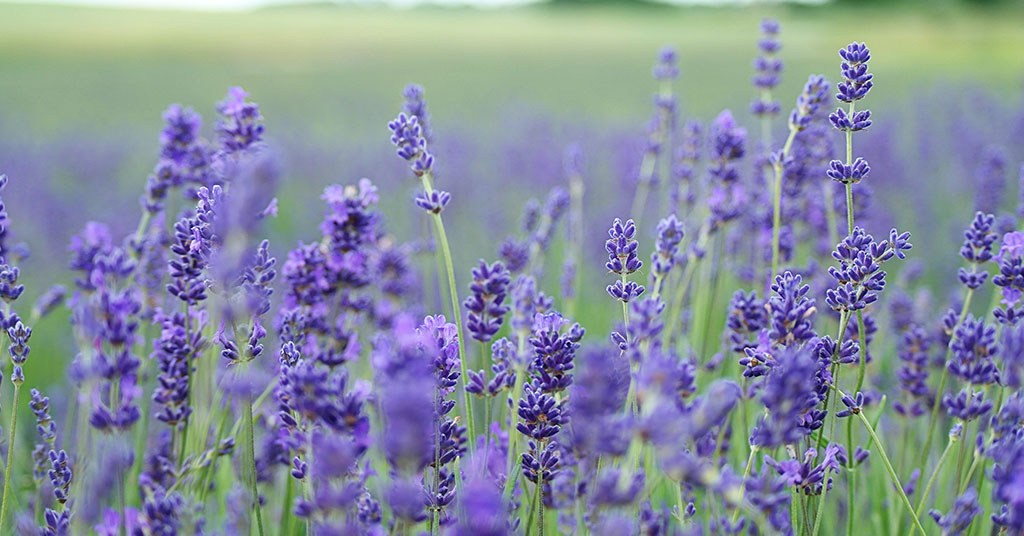Welcome to the vibrant world of gardening in El Paso, Texas! Nestled in the Chihuahuan Desert, El Paso offers a unique and challenging environment for plant enthusiasts. The key to successful gardening in this region lies in understanding the USDA hardiness zone, which determines the types of plants that can thrive in our climate. El Paso falls under USDA hardiness zone 8a, characterized by hot summers, mild winters, and low annual rainfall.
This zone designation provides valuable information about the average minimum winter temperatures, allowing gardeners to select plants that can withstand the local weather conditions. Whether you’re a seasoned gardener or just starting your green journey, this article will guide you through the intricacies of gardening in El Paso, helping you create a flourishing oasis in the desert.
What is El Paso’s USDA hardiness zone?
The USDA hardiness zone is a classification system used to determine the suitability of plants for specific regions based on their ability to withstand the average annual minimum temperatures. In the case of El Paso, Texas, it falls under USDA hardiness zone 8a. This city is located in the southwestern part of Texas, near the border with Mexico. It experiences a desert climate characterized by hot summers and mild winters. The USDA hardiness zone 8a in El Paso indicates an average annual minimum temperature range of 10 to 15 degrees Fahrenheit (-12 to -9 degrees Celsius).
Understanding the hardiness zone is crucial for gardeners and plant enthusiasts as it helps them select plants that are likely to survive and thrive in a particular region. In El Paso’s zone 8a, gardeners should focus on plants that can tolerate low temperatures and adapt to the arid conditions of the desert. Here are some plant options suitable for USDA hardiness zone 8a:
- Cacti and Succulents: These plants are well-suited to the desert environment, as they have adapted to survive in arid conditions. Varieties such as prickly pear cactus, agave, and yucca are popular choices.
- Desert Adapted Shrubs: Plants like desert marigold, Texas sage, and creosote bush are well-suited for the hot and dry climate of El Paso. They can withstand the intense heat and require minimal water once established.
- Native Grasses: Native grasses like buffalo grass and blue grama grass are drought-tolerant and can thrive in El Paso’s climate. They provide an attractive and low-maintenance option for lawns or landscaping.
- Fruit Trees: Some fruit trees can be grown in zone 8a, including varieties like apricot, peach, and pomegranate. However, it is important to select cultivars that are specifically adapted to the region’s climate and low-chill requirements.
- Herbs and Vegetables: Certain herbs and vegetables can be successfully grown in El Paso’s zone 8a. Examples include rosemary, thyme, peppers, tomatoes, and beans. It is important to choose heat-tolerant varieties and provide adequate irrigation during the hot summer months.
It is important to note that while the USDA hardiness zone provides a general guideline for plant selection, other factors such as soil type, sun exposure, and microclimates within a region can also influence plant success. It is always recommended to consult with local nurseries, extension offices, or experienced gardeners in El Paso for specific plant recommendations and care tips.
When can you plant your garden in El Paso?
In El Paso, the ideal planting times for various plants can be determined by considering its USDA hardiness zone. El Paso falls under USDA hardiness zone 8a, which means it experiences an average annual minimum temperature of 10-15°F (-12 to -9°C). This information helps determine the best times to plant different types of plants.
For cool-season vegetables and annual flowers, the ideal planting time in El Paso is typically in late summer or early fall, around September. This allows them to establish their roots before the colder winter temperatures arrive. Some examples of cool-season vegetables include broccoli, lettuce, spinach, and carrots.
Warm-season vegetables and annual flowers, on the other hand, should be planted after the last frost date, which usually occurs in mid-March to early April. These plants thrive in the warmer temperatures of spring and summer. Popular warm-season vegetables include tomatoes, peppers, squash, and beans.
Perennial flowers and shrubs can be planted in El Paso throughout the year, but it is generally recommended to plant them in the fall or early spring. This allows them to establish their root systems before the extreme temperatures of summer or winter.
It is important to note that these are general guidelines, and specific plant varieties may have their own unique planting requirements. Additionally, factors such as soil conditions, sunlight exposure, and watering needs should also be considered when determining the ideal planting times in El Paso.
What grows well in El Paso?
El Paso, Texas falls under USDA hardiness zone 8a, which means it experiences average minimum winter temperatures between 10 to 15 degrees Fahrenheit (-9.5 to -12.2 degrees Celsius). Here is a comprehensive list of plants that generally grow well in El Paso’s climate:
- Agave americana (Century Plant)
- Agave parryi (Parry’s Agave)
- Aloe vera (Aloe)
- Artemisia tridentata (Big Sagebrush)
- Bougainvillea spp. (Bougainvillea)
- Calliandra spp. (Fairy Duster)
- Cercis canadensis (Eastern Redbud)
- Chilopsis linearis (Desert Willow)
- Cupressus arizonica (Arizona Cypress)
- Dasylirion spp. (Sotol)
- Echinocactus grusonii (Golden Barrel Cactus)
- Echinocereus spp. (Hedgehog Cactus)
- Echinocereus triglochidiatus (Claret Cup Cactus)
- Echinopsis spp. (Easter Lily Cactus)
- Ephedra spp. (Mormon Tea)
- Euphorbia spp. (Spurge)
- Ferocactus spp. (Barrel Cactus)
- Fouquieria splendens (Ocotillo)
- Gaura lindheimeri (Gaura)
- Hesperaloe parviflora (Red Yucca)
- Juniperus spp. (Juniper)
- Lantana spp. (Lantana)
- Leucophyllum spp. (Texas Ranger)
- Opuntia spp. (Prickly Pear Cactus)
- Parkinsonia florida (Blue Palo Verde)
- Penstemon spp. (Beardtongue)
- Perovskia atriplicifolia (Russian Sage)
- Salvia spp. (Sage)
- Sphaeralcea spp. (Globe Mallow)
- Tecoma stans (Yellow Bells)
- Yucca spp. (Yucca)
These are just a few examples of plants that thrive in El Paso’s climate. It’s important to consider factors such as soil type, sun exposure, and water requirements when selecting plants for your specific garden. Additionally, always check the specific care instructions for each plant to ensure optimal growth and health.
What won’t grow in El Paso?
In El Paso, which falls under USDA hardiness zone 8a, there are certain plants that may struggle to thrive due to the region’s unique climate and conditions. Here are some plants that may not do well in El Paso:
- Azaleas: Azaleas prefer cooler temperatures and more acidic soil, which may be challenging to provide in the arid climate of El Paso.
- Rhododendrons: Similar to azaleas, rhododendrons also require cooler temperatures and more acidic soil, making them less suitable for the hot and alkaline conditions in El Paso.
- Blueberries: Blueberries thrive in cooler climates with acidic soil, so they may struggle to grow and produce fruit in the desert-like conditions of El Paso.
- Hydrangeas: Hydrangeas prefer more moderate temperatures and thrive in areas with higher humidity. The hot and dry climate of El Paso may make it difficult for hydrangeas to flourish.
- Ferns: Most ferns prefer shady and moist environments, which can be challenging to maintain in the dry and sunny conditions of El Paso.
- Lilacs: Lilacs require a period of winter chill to bloom properly, which may not be consistently provided in the mild winters of El Paso.
- Hostas: Hostas prefer cooler temperatures and higher humidity, making them less suitable for the hot and dry climate of El Paso.
It’s important to note that while these plants may not thrive in El Paso, it doesn’t mean they cannot be grown at all. With proper care, soil amendments, and microclimates, it is possible to cultivate these plants, but they may require extra attention and effort to ensure their success.


